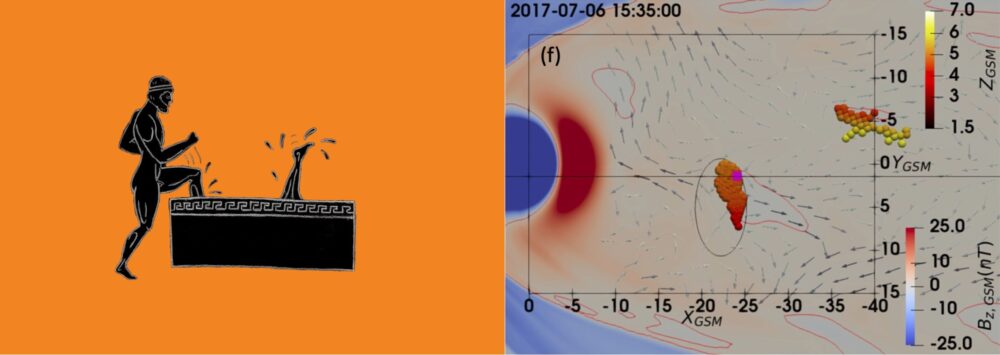In the magnetotail, highly variable bulk plasma flows provide sunward transport of mass, energy, and magnetic flux, often via bursty flows and transient dipolarization fronts. The latter are attributed to magnetic reconnection outflows resulting from a tearing instability. Theory and simulations suggest that tearing instability might be preceded by an ideal-MHD collapse of the magnetotail current sheet with fast flows but no magnetic topology changes. Similar fast flows can result from an interchange-type instability caused by magnetic buoyancy, when flux tubes with reduced content of plasma are brought from the distant tail toward the planet, similar to air bubbles in water lifted to the surface by the Archimedes force. Both the ideal collapse and the buoyancy motions may lead to changes in the magnetotail configuration that are favorable for reconnection – similarly to ideal kink and torus instabilities in the solar corona. However, contributions of these “pre-reconnection” motions to the magnetotail dipolarization remain unclear.
Recent observations and simulations suggest that buoyant plasma motions could indeed explain fast plasma flows and dipolarization fronts in the Earth’s magnetotail. Buoyant plasma motions also explain effects in the ionosphere, such as auroral beads in the late substorm growth phase, and auroral brightness modulation by magnetospheric buoyancy waves during a substorm recovery phase. Moreover, ballooning/interchange motions appear to dominate the transport processes in the big planets’ magnetodiscs. In particular, these motions may be the primary ideal-MHD driver of topology changes in Kronian and Jovian magnetospheres due to their convection driven by hydrodynamic plasma flows – the so-called Vasyliunas convection cycle. In contrast, steady dayside and nightside reconnection provides the Petschek convection cycle in the Earth’s magnetosphere. Since both cycles have recently been in the focus of multiple missions (Cassini, Juno, Cluster, THEMIS and MMS), as well as dedicated theory and simulations, it is timely to establish an ISSI team with a mix of theoretical, simulation, and observational expertise for tackling this dilemma. The team will concentrate on the following unanswered questions:
- What are the distinctive features of magnetic buoyancy and ideal collapse that can help identify these two processes in observations?
- What are the MHD and kinetic peculiarities of the two processes?
- How are heavy ions involved in the buoyancy motions, ideal collapse and reconnection?
- How can we discern the ionospheric manifestations of these magnetospheric processes?

